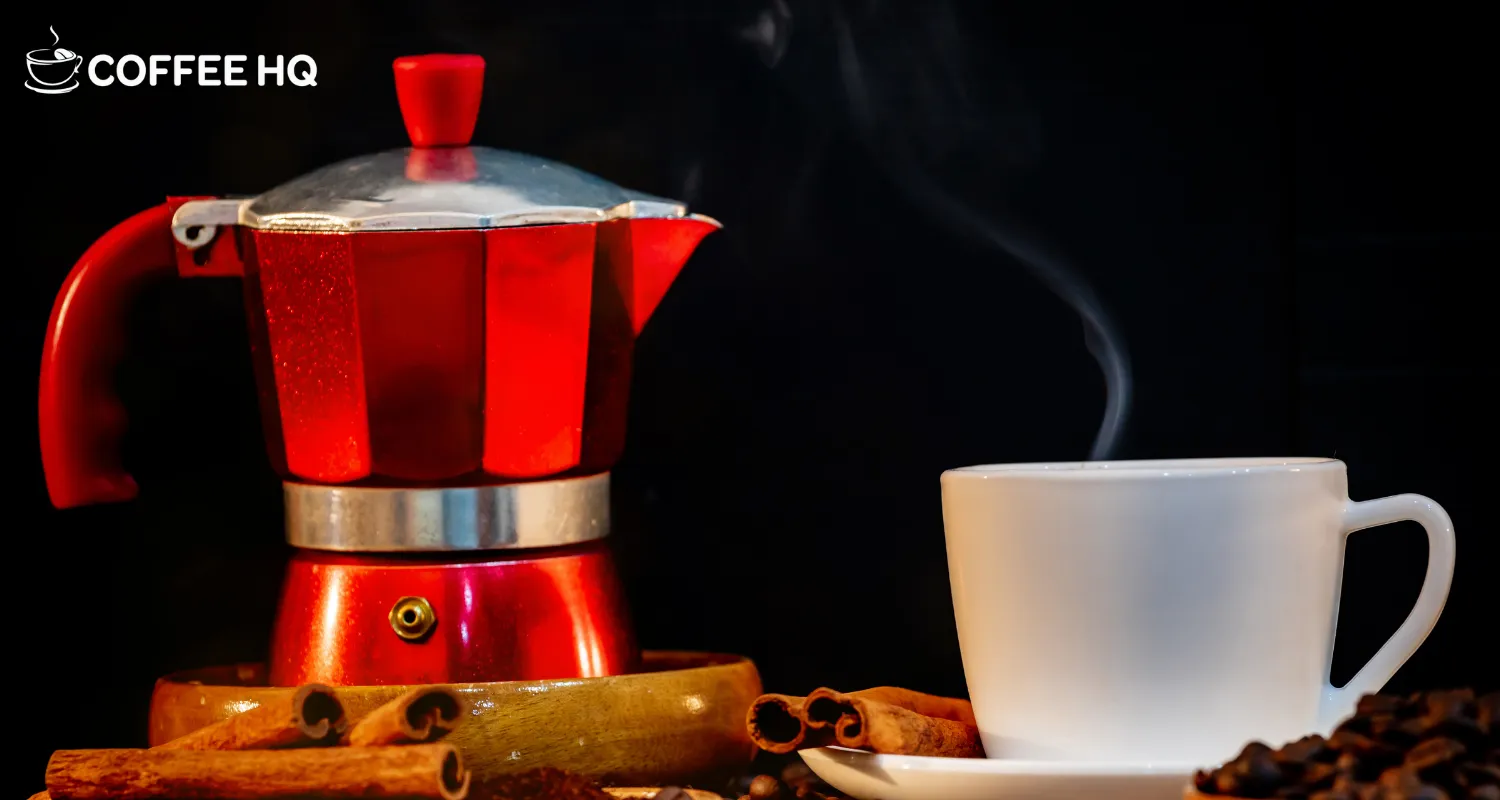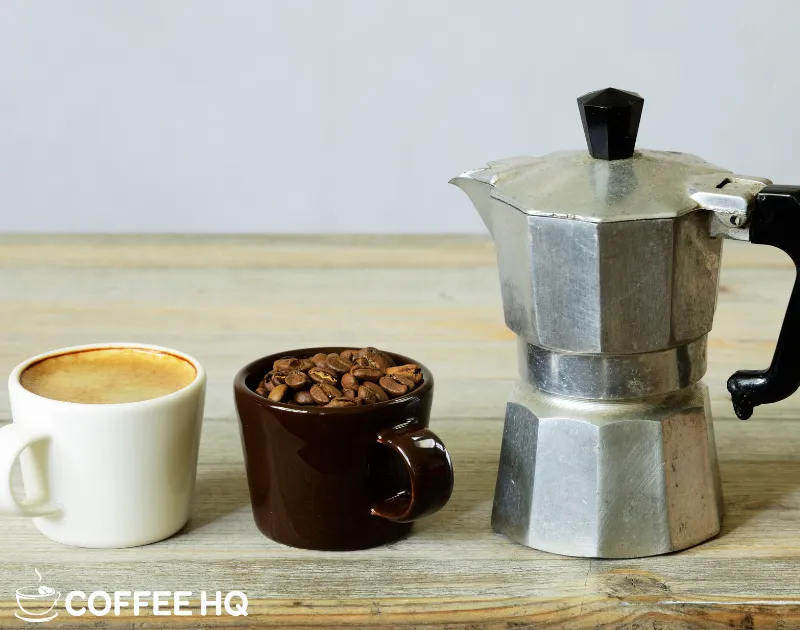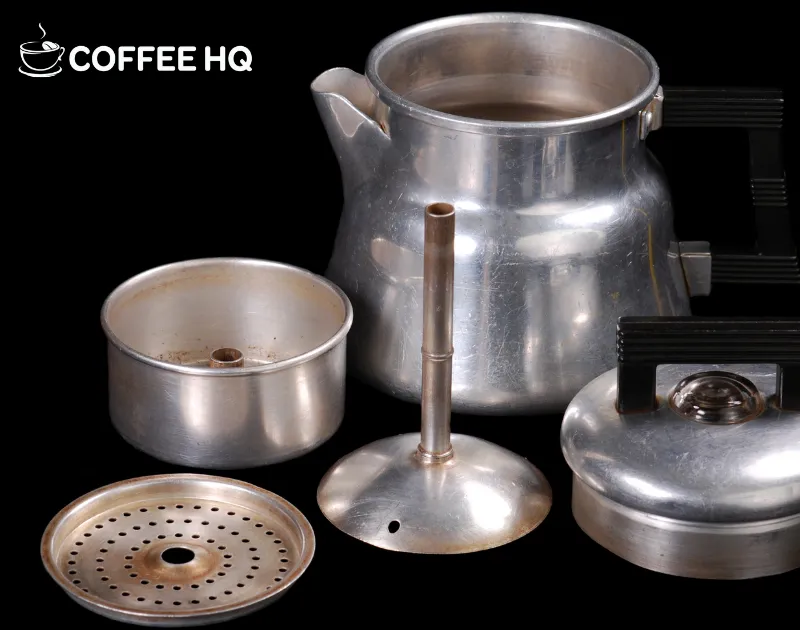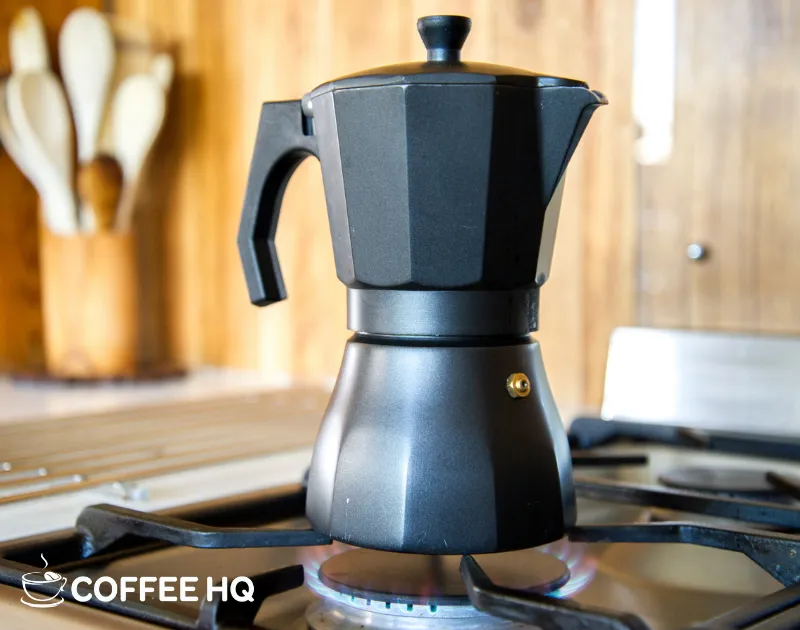Can I Use a Vintage Coffee Percolator? Are They Dangerous?
If you are a coffee lover then you might have wondered about buying a vintage coffee percolator before, these aluminium coffee maker models produce a rich coffee aroma and taste to your cup of coffee with an authentic vintage models look.
Vintage percolators however are no longer much used as they are not regarded as a safe aluminium coffee maker, this is because the coffee in aluminium was said to get toxins from the materials and its metal pour spout was also known for breaking in the 1950s models.
Down below we’ve composed a guide that will take you through why these percolator models are regarded unsafe and which types are safe, how the percolators work, some advantages of using one of these vintage designs and how they match up to modern drip machines when it comes to producing the best cup of coffee.
What’s Dangerous About Vintage Coffee Percolators?
As we briefly mentioned above, the old vintage coffee percolators before electric percolators were recalled on earlier, 1961 stove-top model was also regarded as unsafe, this is mainly because the metal spouts were known to break and explode, potentially separating the handle from the machine and causing an accident.
Not only did these old models have a risk of breakage but it was said to leak aluminium when brewing coffee which could lead to the user ingesting aluminum, which is dangerous to your health over a long period.
Since then, however, all of these coffee percolators which produce hot coffee are mostly made with non-aluminium material and have a ceramic or a glass spout instead to produce a strong coffee.
How Do Vintage Percolators Work?
Compared to new drip electric models, vintage percolators work with two chambers inside, one has a smaller chamber near to the heat and a vertical tube which goes up to the upper chamber, there is also a perforated spreader to balance the water inside.
They work to make a cup of coffee by using the hot bubbles through cycles, the steam inside then soaks the coffee of choice which has been grounded and the coffee hot drains down to the bottom chamber of the percolator.
This whole process tends to take about five minutes on a stovetop and 10 minutes on an electric percolator to make a good cup of coffee.
Some notable brands of vintage percolators are –
- Chemex percolators.
- GE electric percolators.
- Corning ware percolators (be careful to avoid recalled models).
What Are The Benefits Of a Vintage Percolator?
Even though vintage percolators are not used as much as drip coffee machines are, they still have a huge number of advantages and benefits for making flavourful coffee.
We’ve listed the top benefits of brewing coffee with a vintage percolator down below.
- It produces a stronger brew – Percolators use a high temperature and double brew to make a richer flavor in your coffee, you should ensure you use the right minutes of brew however otherwise it can make a bitter nasty coffee.
- Versatile – Not only can you use a percolator for a standard method of coffee preparation but you can also use it for making espresso coffee too.
- Very convenient – Percolator’s can be used anywhere, even outside for camping, it is a great companion model to take and use on the go.
- Easy to clean – Many modern coffee brewers can be hard to clean, but percolators can be disassembled completely and cleaned by each part one by one.
- It keeps heat – One of the best advantages to percolators are that they retain heat too, this means you can make a smooth brew and leave it for minutes later and you still get a hot cuppa!
Vintage Percolators Vs Modern Drip Coffee Machines
If you are not sure whether you want an automatic drip coffee machine or vintage coffee makers then we’ve compared these machines down below to see which will suit you best.
Vintage Percolators
Vintage percolators have the advantage over automatic drip coffee machines due to the fact they retain heat better than auto-drip machines, they also make a stronger tasting more robust coffee due to the way they are heated.
It is much more durable than drip machines too and can be used outside.
Drawbacks of percolators are its brewing process, although simple it can be very easy to over-extract coffee with the device which can lead to bitter-tasting coffee. You also can’t set the temperature of the device.
Pros
- Stronger tasting coffee.
- Easy to clean.
- Robust.
Cons
- No temperature control.
- Can be easy to over-extract.
Automatic Drip Machines
Automatic drip machines have the advantage over percolators because they are easier to use, most of everything is automated which means you don’t have to interfere with the machine like a percolator.
These automatic drip machines also have lots of extra features such as temperature control and can make other drinks such as coffee.
Downfalls of automatic drip machines in comparison to percolators are that they are not as authentic, often more expensive and don’t produce as strong tasting coffee.
Pros
- Easy to use.
- More features.
- Temperature control.
Cons
- Not as authentic.
- More expensive.
- Doesn’t produce as strong tasting coffee.
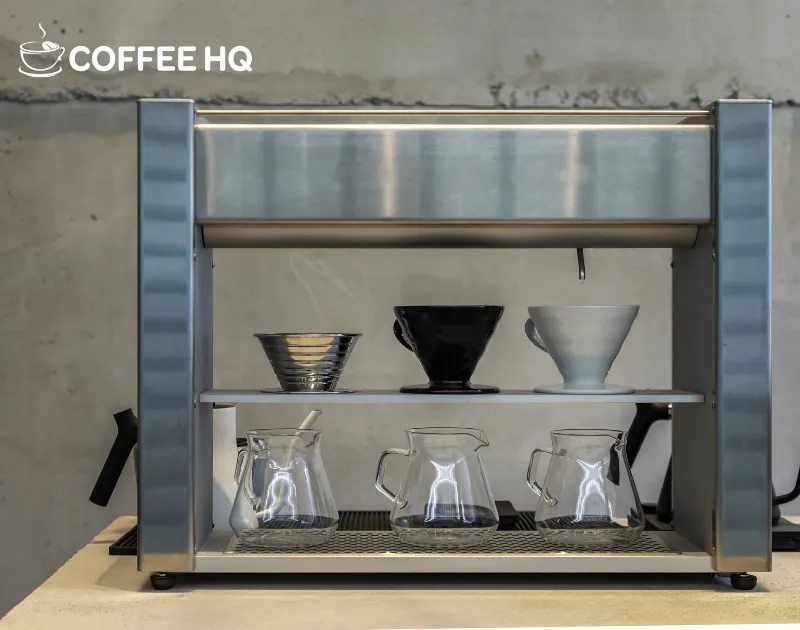
Conclusion – Which Coffee Machine Is Better?
Overall, to conclude, both types of coffee machines produce excellent tasting coffee, but drip coffee machines tend to be the better more modern choice over percolator’s as they offer more control and are more convenient to use.
Tips For Using a Vintage Percolator
If you want to stay authentic and use a vintage coffee maker then are a couple of worth knowing tips to make your brew taste even better.
We’ve listed them below.
- Use fresh coffee – Using fresh coffee in your percolator will always make it taste much better.
- Grind well – Get the right grind consistency on your coffee, too large of a grind will take a longer time to infuse and too small of a grind can get into your coffee.
- Add the right amount of water – Always use the perfect amount of water in your percolator, too much touching the filter paper can ruin the coffee.
- Wait the right amount of time – Percolators need around one minute for every cup of water they have.
- Rinse filter papers – Rinsing filter papers in your percolator can help to remove any taste and improve the quality of the coffee.
Frequently Asked Questions About Vintage Percolators & Safety
Which model of percolators should I avoid?
Any percolator models before the 1970s should be avoided as they have faulty handles and spouts, also avoid any models which are made with aluminum.
How long do percolators last?
As long as you take care of it a percolator can pretty much last a lifetime, they run into fewer problems than more technical coffee makers.
How do I use a percolator?
Percolators are pretty simple to operate, you start by putting the coffee grounds in the upper basket then placing it on the stovetop to heat water to medium heat. Once it’s hot you can percolate it for around 10 minutes then remove it leave it for a few minutes before serving.
Last Words
To conclude, vintage percolators can be unsafe to use depending on the model that you buy, ones made with aluminium can potentially leak into the coffee and some even have materials where the spout and handle can break away from each other.
We would suggest looking for more well-known percolators such as the Corning Ware brand if you want a reliable model or going for drip coffee makers which are a little more modern.
